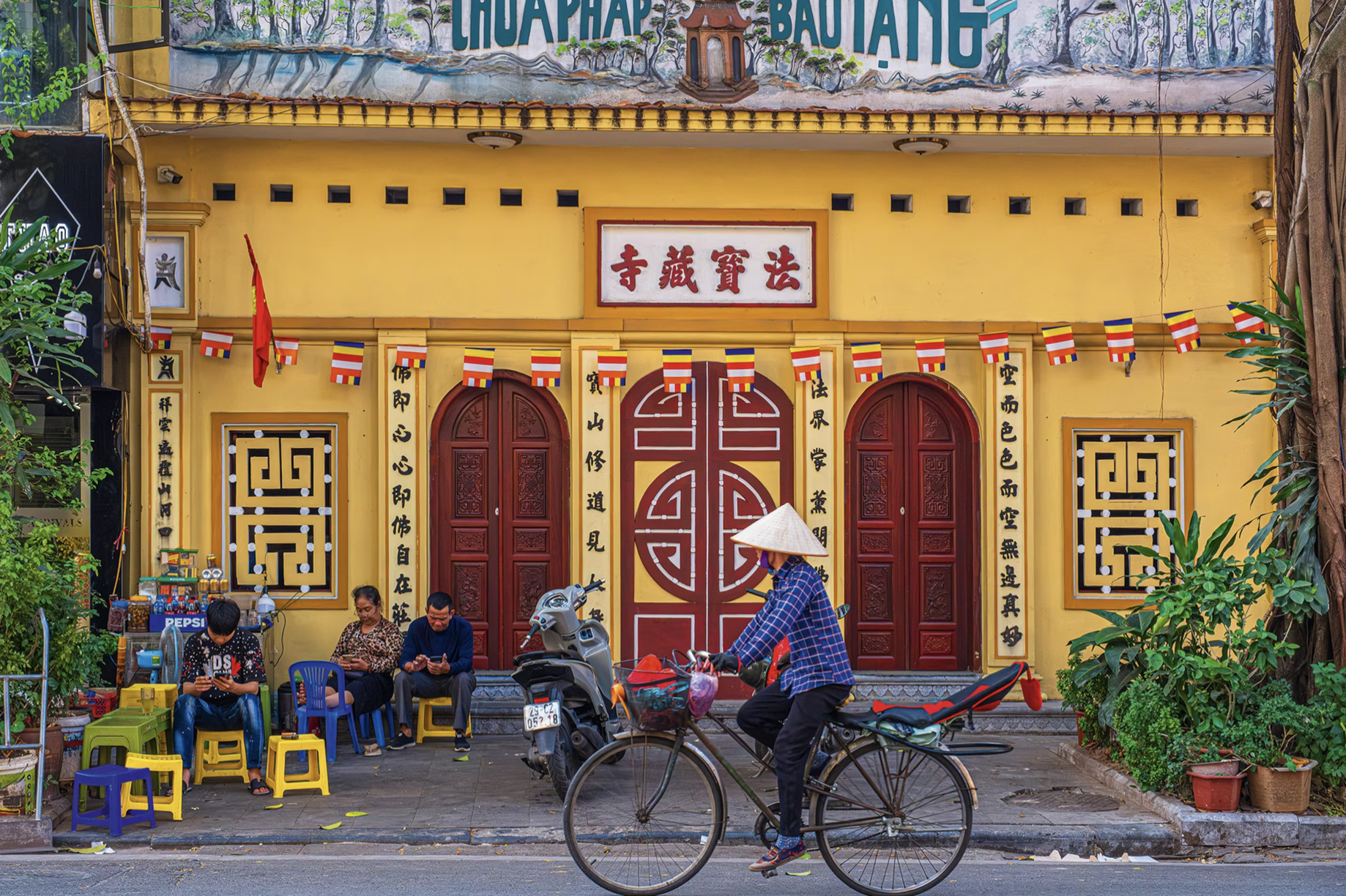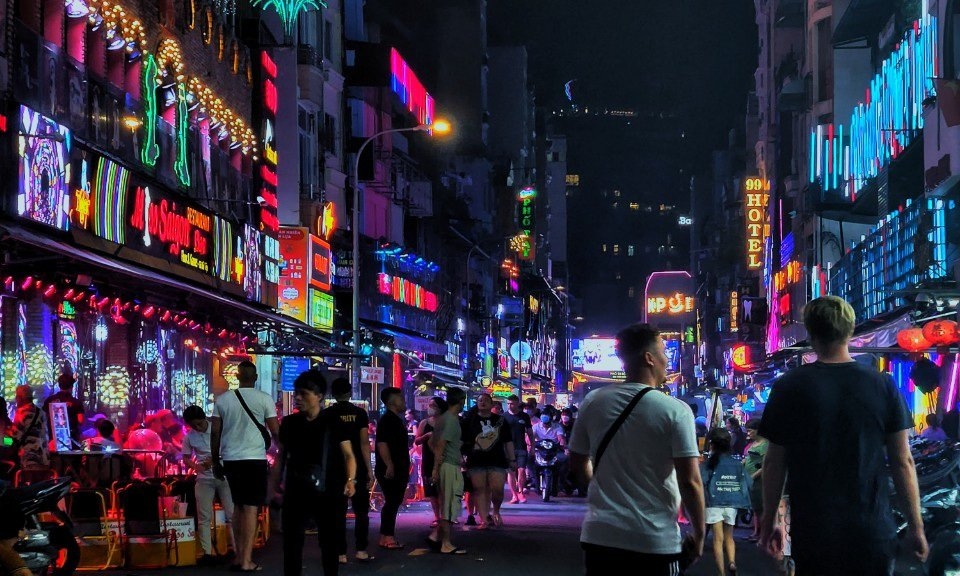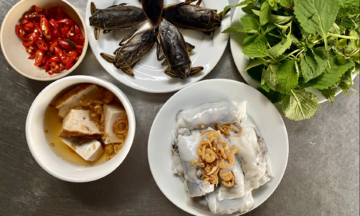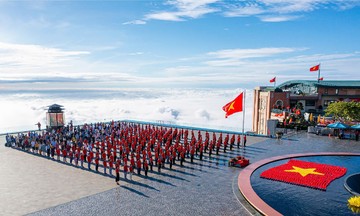Located at opposite ends of Vietnam, the country's two largest cities offer distinct gateways to Vietnamese culture and history. Hanoi, in the north, sits near renowned attractions like Sa Pa, Ha Long Bay, and Ninh Binh. Ho Chi Minh City, in the south, serves as a portal to the Mekong Delta.
If your time is limited, National Geographic writer Daniel Stables offers insights to help you choose the right city.
 |
Hanoi, a destination steeped in culture and history. Photo: AWL Image |
Hanoi, a destination steeped in culture and history. Photo: AWL Image
Hanoi, a sophisticated city with a thousand-year history, pulses with life emanating from its Old Quarter and Hoan Kiem Lake area. 19th-century Chinese-style houses with teakwood frames have been transformed into unique cafes and traditional music venues.
Stables recommends Hanoi as a peaceful haven for museum enthusiasts. The city boasts some of Vietnam's finest museums, including the Vietnam Museum of Ethnology, showcasing the country's 54 ethnic groups, and the Vietnamese Women's Museum, which documents the stories of wartime heroines. Ho Chi Minh Mausoleum consistently draws long queues of visitors.
Hanoi's architecture also captivates, with the moss-covered Turtle Tower on a small island in Hoan Kiem Lake. The Temple of Literature, built in the 11th century, is another must-see.
Ho Chi Minh City presents a different face: a trendy, international, bold, and bustling metropolis developing at breakneck speed. Second only to Bangkok in Southeast Asia for its vibrant nightlife, Ho Chi Minh City boasts countless bars and nightclubs. The rooftop bar at the 5-star Hotel des Arts offers stunning city views, while a cocktail tour with Secret Experiences unveils hidden gems.
 |
Vibrant nightlife on Bui Vien Street, Ho Chi Minh City. Photo: Bich Phuong |
Vibrant nightlife on Bui Vien Street, Ho Chi Minh City. Photo: Bich Phuong
For those craving pho, Hanoi is the undisputed home of this iconic dish. Originating in Hanoi during the French colonial period in the 19th century, pho is ubiquitous, served everywhere from street stalls to upscale restaurants.
Ho Chi Minh City excels in street food, with bustling open-air markets and food streets like Nguyen Thuong Hien and Co Giang, as well as Ben Thanh Market and Ben Nghe Market. Must-try dishes include various crab and shellfish preparations paired with beer, broken rice (com tam), and hu tiu noodles.
Despite its hustle and bustle, Ho Chi Minh City offers pockets of tranquility in its Chinese temples, peaceful French-style squares, and contemporary art galleries. Galerie Quynh showcases sculptures and installations, while Lotus Gallery features prominent contemporary Vietnamese artists. Traditional Vietnamese lacquerware and silk paintings can be found at the Fine Arts Museum, housed in a French villa from the 1930s.
Both Hanoi and Ho Chi Minh City are easy to navigate, with motorbikes as the primary mode of transportation. Traffic laws and penalties have become stricter. Hanoi's metro system, operational for 4 years, provides additional options. Ho Chi Minh City's first metro line opened in 12/2024.
Tam Anh (National Geographic)












